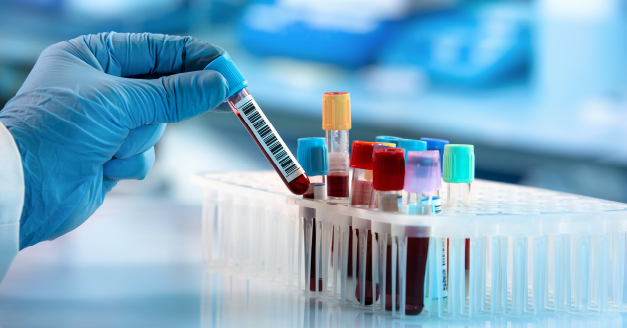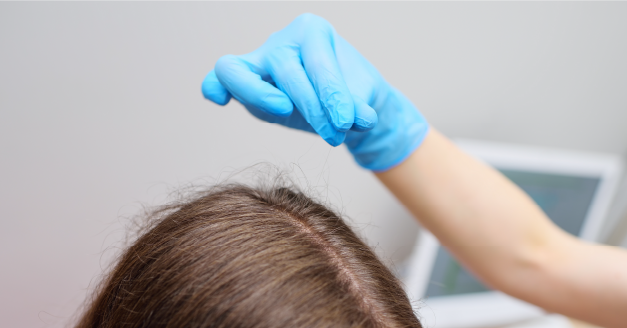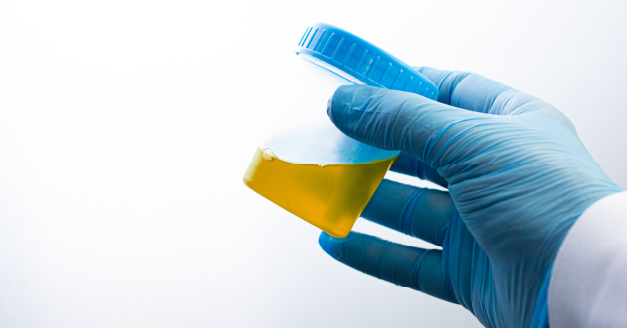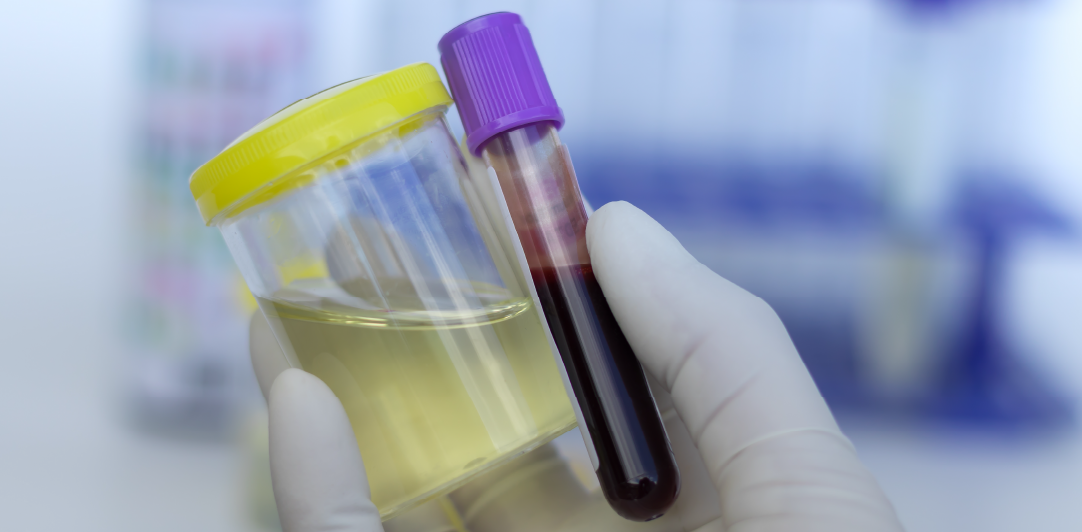In this blog, we’ll address common questions about blood drug tests vs urine drug testing. Whether you’re an employer setting up illegal substance screening protocols or an individual getting ready for a test, this guide will assist you in navigating drug screenings.

Accuracy and Detection Window
One of the key differentiators between blood and urine drug testing is the detection window. Blood tests typically have a shorter detection window compared to urine tests. This means that drugs may be detectable in the bloodstream for a shorter period than they are in urine. However, it’s essential to note that the accuracy of both tests largely depends on various factors, including the type of drug being tested, the frequency of use, and individual metabolism rates. So, blood tests aren’t more accurate than urine tests or vice versa just because they offer different detection windows.
What Each Test Shows
Blood drug tests detect the presence of drugs or their metabolites in the bloodstream. They provide a real-time snapshot of recent drug use and are particularly useful in situations where immediate impairment is a concern, such as accidents or medical emergencies. On the other hand, urine drug tests analyze urine samples for drug metabolites, offering a broader detection window that can span several days or weeks, depending on the substance.

Testing Hair Strands
In addition to blood and urine tests, hair analysis is another method utilized for drug testing. While blood and urine tests detect recent drug use, typically within a few hours to a few days, hair tests can reveal drug use over a much longer period. However, it’s essential to note that hair sample testing may be less effective in detecting very recent drug use compared to blood and urine tests. Additionally, test results can be affected by factors such as hair length, texture, and external contamination. Despite these considerations, hair testing remains a valuable tool, particularly in situations requiring a retrospective assessment of drug use patterns.
Understanding the Differences
While both blood and urine tests aim to identify drug use, they differ in terms of invasiveness, detection window, and practicality. Blood tests are invasive, requiring a needle stick to collect a sample, whereas urine tests involve a non-invasive collection method that is preferred by many individuals.

Preparation and Potential False Negatives
Preparing for a blood or urine drug test involves abstaining from drug use and staying hydrated, especially in the case of urine testing, where dilution can affect the results. While possible in both types of tests, false negatives are relatively uncommon when the tests are conducted accurately. Factors such as improper sample collection, contamination, or technical errors could lead to inaccurate results. It’s crucial to follow the testing guidelines provided and ensure that samples are collected and analyzed correctly to minimize the risk of false negatives.
Toxicology Testing at OnPoint Lab
While both methods have their advantages and limitations, understanding the differences between blood drug tests vs. urine drug tests can help individuals make informed decisions regarding their testing needs to detect drugs in their system. Whether opting for the immediacy of blood testing or the convenience of urine analysis, accuracy, and proper preparation are paramount.
At OnPoint Lab, we understand the importance of accurate drug testing and provide comprehensive services tailored to our clients’ needs. Whether you require blood or urine testing for employment screening, legal proceedings, or personal reasons, our experienced team is here to guide you through the process with professionalism and efficiency. We offer state-of-the-art testing facilities, strict adherence to industry standards, and prompt results delivery, ensuring peace of mind for our clients. For reliable drug testing services and expert guidance in Sugar Land, consider OnPoint Lab. Visit our website to learn more about our services and how we can assist you with your testing requirements.


